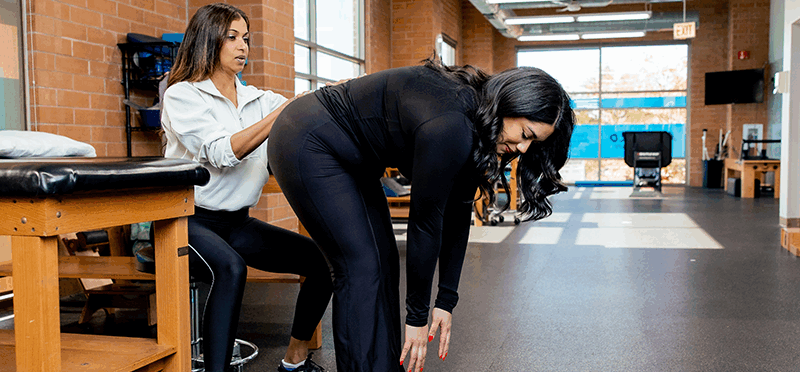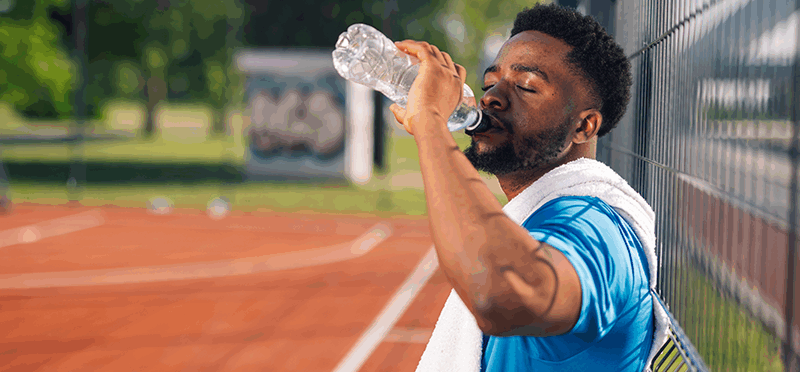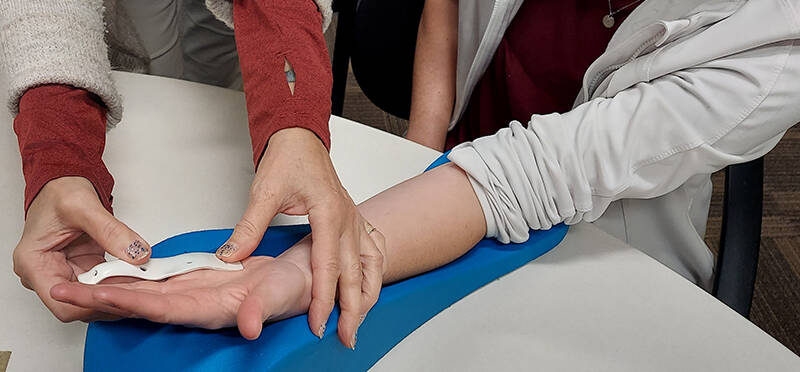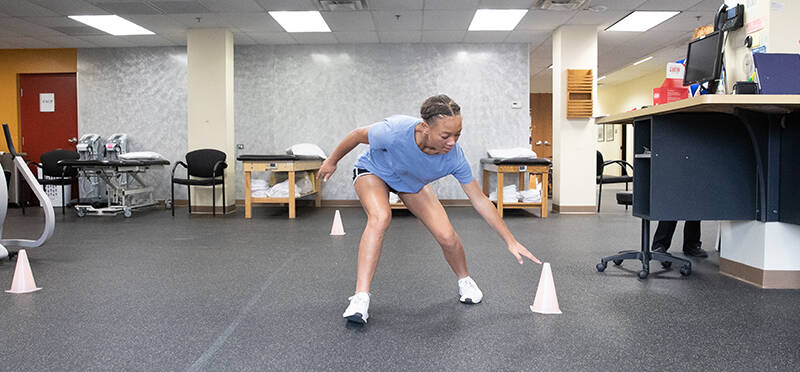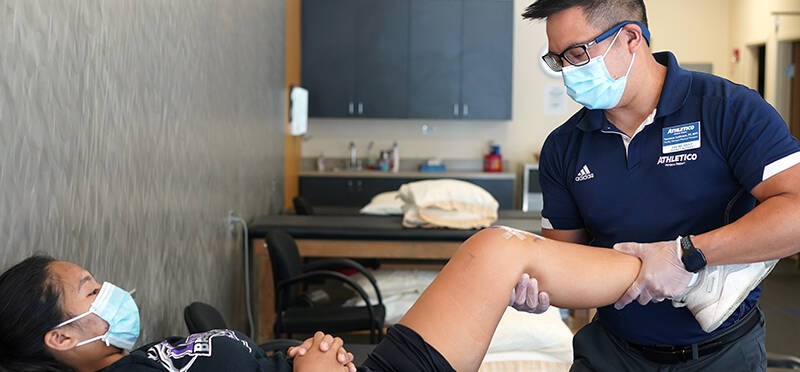Move Better, Feel Better: 5 Tips to Restore Your Range of Motion
Posted on September 5, 2025 by Zachary Vandenberg, DPT
We’ve all felt stiffness after sitting for too long or bending over. Limited range of motion (ROM) can affect how...
(more…)




